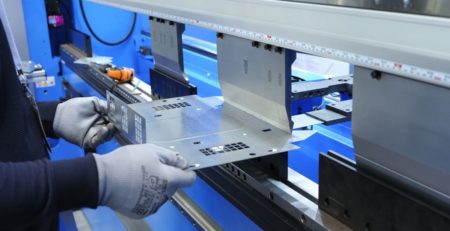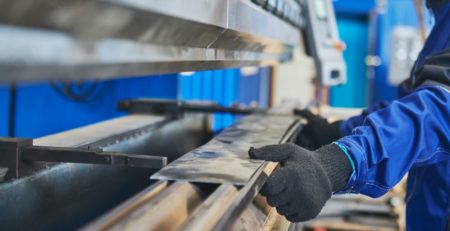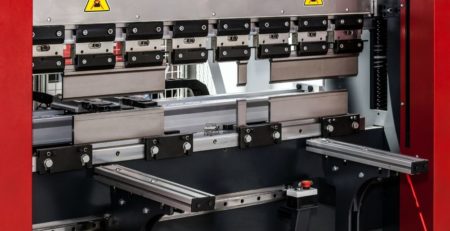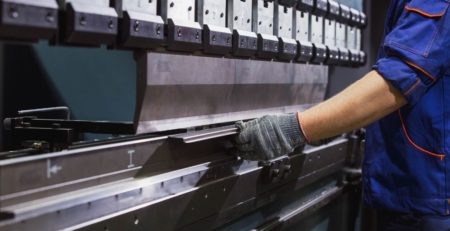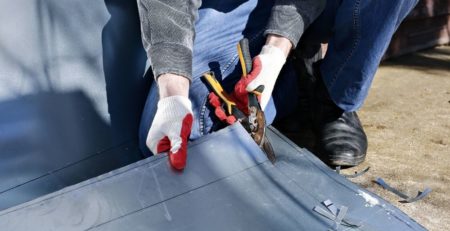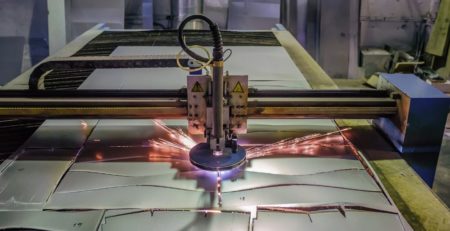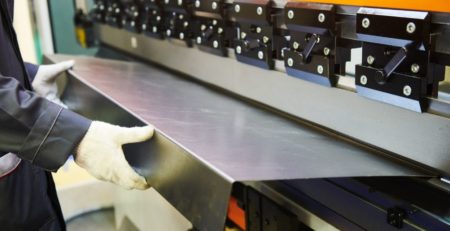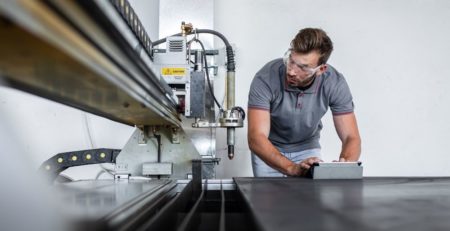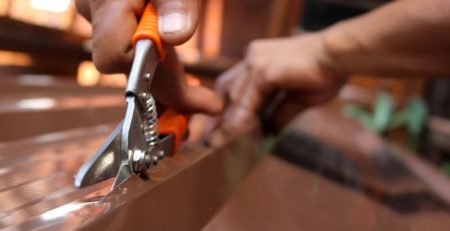Where Does the Press Brake Get Its Name?
Modern metal fabricators use machines called press brakes all the time. But, if you don’t work in the industry, you probably couldn’t guess all the things the machine does by name alone. So where does the press brake get its name?
The term “press brake” is a combination of two words that describe the basic action of this machine. But the history of how the meaning of those words developed helps us understand why these modern machines are called press breaks.
“Press” Referred to Crushing or Squeezing
The original meaning of “press” can be traced back to the 15th century when we used it to describe the act of crushing or squeezing something. This is still the same basic action that press brakes perform but with more precision and control than was available in centuries past.
In the 14th century, “press” described a machine that squeezed juice or oil from fruit like grapes or olives.
The phrase “press brake” first appeared to describe a range of machines that use pressure to crush, flatten, and form metal. It is believed to have originated in the late 19th century when machine engineers began experimenting with ways to make metalworking more efficient.
Why Does It Include the Word “Brake”?
The word “brake” is derived from an Old English term meaning “to break” or “broken.” As time passed, the meaning of “brake” evolved to refer to tools that could be used for crushing or pounding. It eventually came to refer to machines that execute these functions.
Modern Use of “Press Brake”
Today, the press brake is one of the most used machines in metal fabrication shops. These machines have rams and apply powerful force to tools and dies to bend, form, and shape sheet metal. But its name still reflects its origin—a combination of two words for machines that crush, squeeze, and bend.
Before, you may have just known “press brake” as the name of the workhorse of any metal fabrication shop. But now you know where the press brake got its name.
Press brakes come in many sizes and configurations, from small benchtop models to large machines that weigh several tons. They can be manually operated or powered by a motor. Most modern press brakes use an electric motor and hydraulics for power and precision control of the bending force. A press brake also typically includes dies of varying shapes and sizes that can be used to bend materials into different shapes and angles.
Mac-Tech sells new and pre-owned electric and hydraulic CNC press brakes and also provides maintenance service and repairs. Metal fabrication shops look to Mac-Tech for quality metalworking machines.



